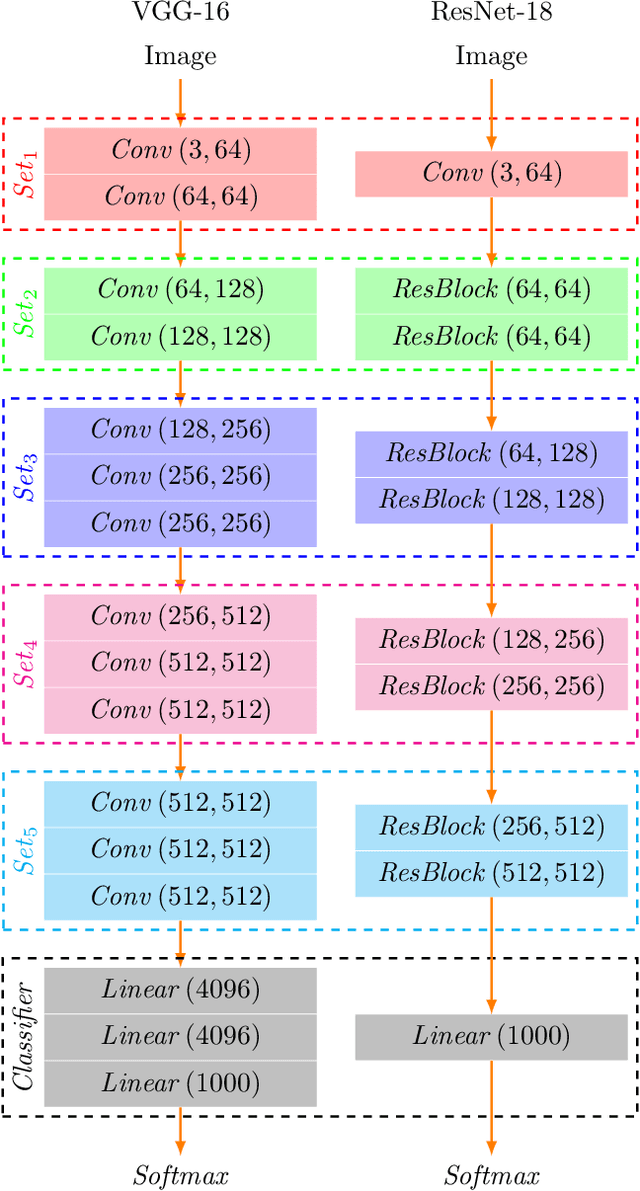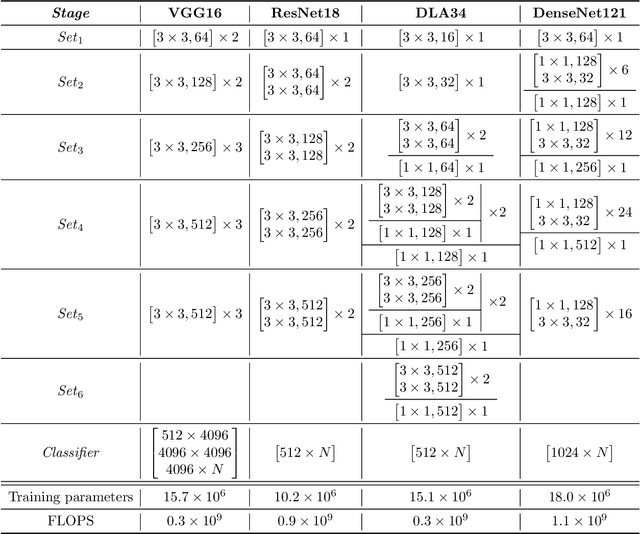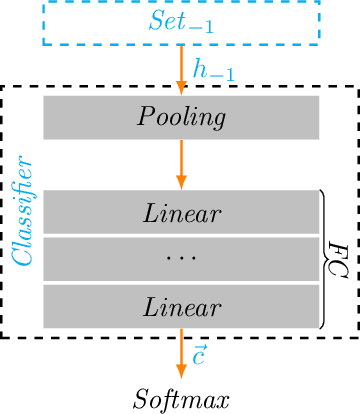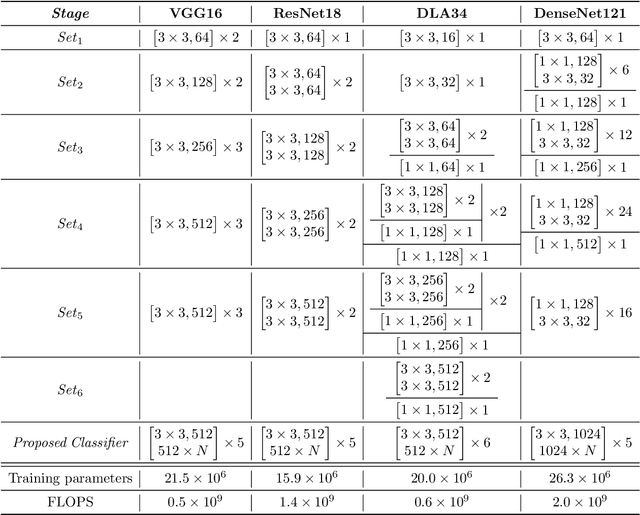Sio-Kei Im
Analysis of the Two-Step Heterogeneous Transfer Learning for Laryngeal Blood Vessel Classification: Issue and Improvement
Mar 05, 2024



Abstract:Transferring features learned from natural to medical images for classification is common. However, challenges arise due to the scarcity of certain medical image types and the feature disparities between natural and medical images. Two-step transfer learning has been recognized as a promising solution for this issue. However, choosing an appropriate intermediate domain would be critical in further improving the classification performance. In this work, we explore the effectiveness of using color fundus photographs of the diabetic retina dataset as an intermediate domain for two-step heterogeneous learning (THTL) to classify laryngeal vascular images with nine deep-learning models. Experiment results confirm that although the images in both the intermediate and target domains share vascularized characteristics, the accuracy is drastically reduced compared to one-step transfer learning, where only the last layer is fine-tuned (e.g., ResNet18 drops 14.7%, ResNet50 drops 14.8%). By analyzing the Layer Class Activation Maps (LayerCAM), we uncover a novel finding that the prevalent radial vascular pattern in the intermediate domain prevents learning the features of twisted and tangled vessels that distinguish the malignant class in the target domain. To address the performance drop, we propose the Step-Wise Fine-Tuning (SWFT) method on ResNet in the second step of THTL, resulting in substantial accuracy improvements. Compared to THTL's second step, where only the last layer is fine-tuned, accuracy increases by 26.1% for ResNet18 and 20.4% for ResNet50. Additionally, compared to training from scratch, using ImageNet as the source domain could slightly improve classification performance for laryngeal vascular, but the differences are insignificant.
Category-wise Fine-Tuning: Resisting Incorrect Pseudo-Labels in Multi-Label Image Classification with Partial Labels
Jan 30, 2024



Abstract:Large-scale image datasets are often partially labeled, where only a few categories' labels are known for each image. Assigning pseudo-labels to unknown labels to gain additional training signals has become prevalent for training deep classification models. However, some pseudo-labels are inevitably incorrect, leading to a notable decline in the model classification performance. In this paper, we propose a novel method called Category-wise Fine-Tuning (CFT), aiming to reduce model inaccuracies caused by the wrong pseudo-labels. In particular, CFT employs known labels without pseudo-labels to fine-tune the logistic regressions of trained models individually to calibrate each category's model predictions. Genetic Algorithm, seldom used for training deep models, is also utilized in CFT to maximize the classification performance directly. CFT is applied to well-trained models, unlike most existing methods that train models from scratch. Hence, CFT is general and compatible with models trained with different methods and schemes, as demonstrated through extensive experiments. CFT requires only a few seconds for each category for calibration with consumer-grade GPUs. We achieve state-of-the-art results on three benchmarking datasets, including the CheXpert chest X-ray competition dataset (ensemble mAUC 93.33%, single model 91.82%), partially labeled MS-COCO (average mAP 83.69%), and Open Image V3 (mAP 85.31%), outperforming the previous bests by 0.28%, 2.21%, 2.50%, and 0.91%, respectively. The single model on CheXpert has been officially evaluated by the competition server, endorsing the correctness of the result. The outstanding results and generalizability indicate that CFT could be substantial and prevalent for classification model development. Code is available at: https://github.com/maxium0526/category-wise-fine-tuning.
A Multiple Classifier Approach for Concatenate-Designed Neural Networks
Jan 14, 2021



Abstract:This article introduces a multiple classifier method to improve the performance of concatenate-designed neural networks, such as ResNet and DenseNet, with the purpose to alleviate the pressure on the final classifier. We give the design of the classifiers, which collects the features produced between the network sets, and present the constituent layers and the activation function for the classifiers, to calculate the classification score of each classifier. We use the L2 normalization method to obtain the classifier score instead of the Softmax normalization. We also determine the conditions that can enhance convergence. As a result, the proposed classifiers are able to improve the accuracy in the experimental cases significantly, and show that the method not only has better performance than the original models, but also produces faster convergence. Moreover, our classifiers are general and can be applied to all classification related concatenate-designed network models.
 Add to Chrome
Add to Chrome Add to Firefox
Add to Firefox Add to Edge
Add to Edge